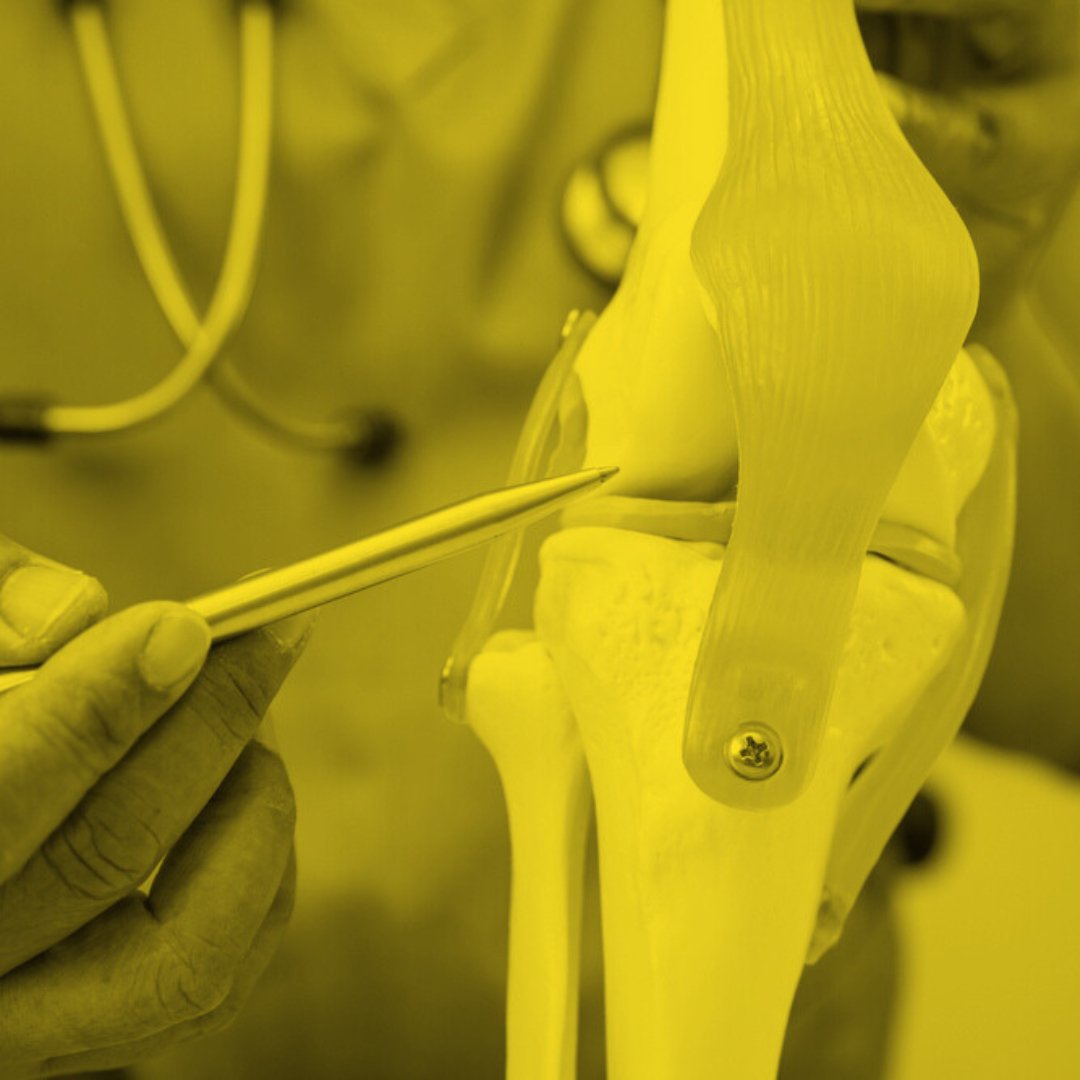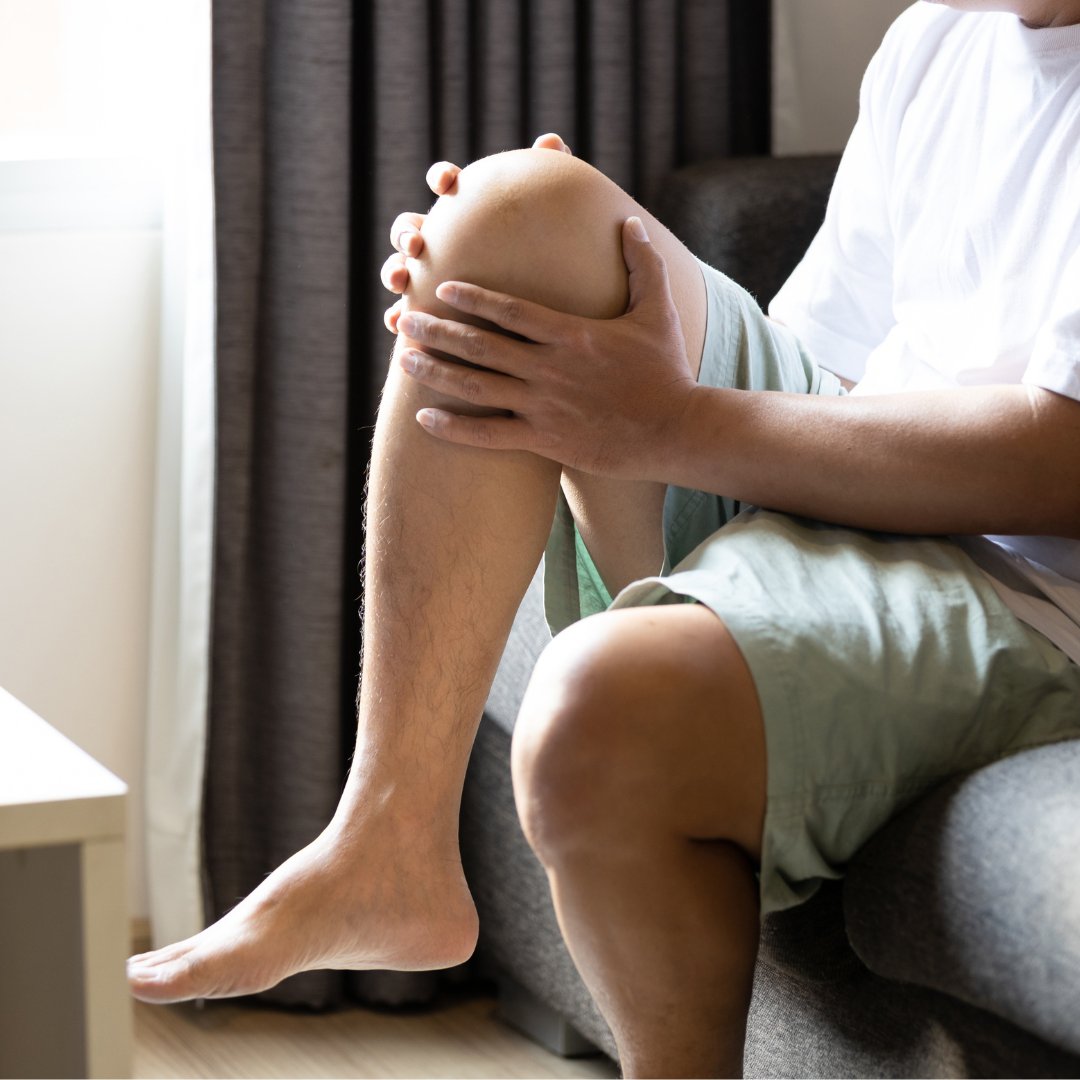
Genicular Artery Embolization: Receive Pain Relief Without Surgery
Discover how genicular artery embolization offers real knee pain relief without surgery. A minimally invasive option for people living with chronic knee pain.
Let me tell you about something I’ve seen happen again and again: someone goes through total knee replacement surgery expecting a straight path to better movement, but instead, they hit a frustrating wall. Their new knee just won’t bend the way it should. It feels tight, stuck, and uncooperative. That’s when a surgeon might bring up manipulation under anesthesia. And if you’re hearing those words for the first time, you might be thinking, “Wait… they want to do what to my knee?”
Let’s talk about what MUA is, why it might be recommended, how you can avoid it altogether, and if it becomes necessary, how to get the most benefit from it. The good news? Avoiding MUA is not only important, it’s absolutely doable with the right approach to recovery. Wherever you are in your knee journey, there’s still a lot of hope (and motion) ahead.
Manipulation under anesthesia (MUA) is a non-invasive procedure used to improve range of motion in a stiff knee after total knee replacement surgery. During the procedure, you’re gently put to sleep while your surgeon moves your leg through a full range of motion. This is done through either local, spinal or general anesthesia.
The goal? Break up the dense scar tissue that’s limiting your movement. When your knee is too painful or resistant to move on its own, even after weeks of rehab, MUA can help create a breakthrough in flexibility and function.
It’s short, usually lasting just 10 to 15 minutes, and there are no new incisions or implants. And while the procedure sounds dramatic, it’s actually a well-established method that’s helped many people regain their momentum.

The best way to avoid an MUA is to stay aggressively proactive with your rehab, especially in the first few weeks after surgery. Scar tissue builds quickly, and without consistent movement, it can limit your progress before you even realize it.
This is where daily repetition matters. Doing the right exercises, often enough, and with the proper intensity, helps prevent stiffness and improve range of motion. Early gains are crucial, and once motion is lost, it's much harder to regain.
Programs like GoKnee are designed to help patients stay ahead of the curve. By giving you the tools to perform advanced, targeted exercises from home every day, GoKnee helps regain knee range of motion quickly while minimizing the risk of scar tissue buildup.
Not everyone needs MUA. But if your knee is still struggling to bend or straighten 4–6 weeks after surgery, your doctor may start to consider it.
Most surgeons aim for at least 90 degrees of knee bend by the 4-week mark, enough to sit comfortably, climb stairs, or get in and out of a car. If you’re stuck well below that despite consistent effort, scar tissue may be holding you back.
By comparison, GoKnee users average 120 degrees of range of motion (ROM) by week six, thanks to the ability to perform advanced exercises from home every day. That level of daily engagement can make a big difference in recovery outcomes.
This isn’t about failure, it’s about using the right tool at the right time to keep your recovery on track.
Let’s clear something up: manipulation under anesthesia doesn’t feel like a second surgery. You’ll likely experience some soreness afterward, but not the deep, post-surgical pain you had before. Most people describe it as a deep ache or tightness, like you had a long, intense stretch session.
You’ll be up and moving again soon after. In fact, staying active after the procedure is key to keeping your new range of motion. It’s not just a one-and-done fix, it’s a reset button followed by a fresh rehab plan. You can’t go back to your old routine after an MUA and expect different results, this is your chance to build new habits that support lasting recovery.
There’s a sweet spot for manipulation under anesthesia. Too early, and your tissues might not be ready. Too late, and scar tissue can become so dense that it's harder to break up without additional procedures.
Most surgeons consider MUA between six and twelve weeks after your total knee replacement surgery if stiffness hasn’t improved. That’s why it’s important to be honest about your progress and work closely with your therapy team.
If your knee isn’t bending well by the end of the second month, speak up. Earlier intervention can mean better outcomes and fewer complications.
You might be wondering, “What if something goes wrong?” The truth is, serious complications from MUA are rare. The most common concern is that the stiffness could return if you don’t keep moving after the procedure. That’s why exercises after MUA is non-negotiable.

Some people worry about pain, but remember: the procedure itself is done while you’re asleep, and the soreness afterward is usually manageable with basic pain relief and guided movement. Other fears, like “Is this safe?” are completely understandable, but unfounded. When performed by your surgeon, MUA is safe and controlled. You won’t “break” anything. You’ll just be giving your knee a second chance to bend.
One of the biggest myths I hear is that needing MUA means something went wrong. That’s simply not true. Everyone’s knee responds differently to surgery. Some knees get stiff, no matter how well you follow your rehab plan or how diligent you are with your home exercise program. Needing MUA doesn’t mean you did anything wrong, it just means your body heals in its own unique way. The good news? You have options. You’re not stuck. And you’re definitely not alone.
If your surgeon mentions manipulation under anesthesia, don’t panic. Ask questions. Get clear on your timeline. And most importantly, commit to the next phase of your knee replacement journey.
Here’s how to keep building momentum:
Most importantly, trust that progress is still possible, even if it looks a little different from what you expected. Good luck on your knee journey!
Good knees start here. Don’t miss a step—subscribe to KneeMail for free tips from knee expert Shehla Rooney, PT!

Discover how genicular artery embolization offers real knee pain relief without surgery. A minimally invasive option for people living with chronic knee pain.

Struggling with swelling or stiffness after knee replacement surgery? Discover expert tips to support your knee recovery at home.

Wondering when you can drive again after total knee replacement recovery? Learn realistic milestones and how to reach them safely.

Ice machines are a common tool used after total knee replacement surgery. Is it really helping your knee recovery? Physical Therapist Shehla Rooney discusses their unique benefits and drawbacks, enabling you to make informed decisions about your knee replacement recovery.

Explore how your weight affects total knee replacement outcomes and discover small changes that can support a stronger, longer-lasting joint.